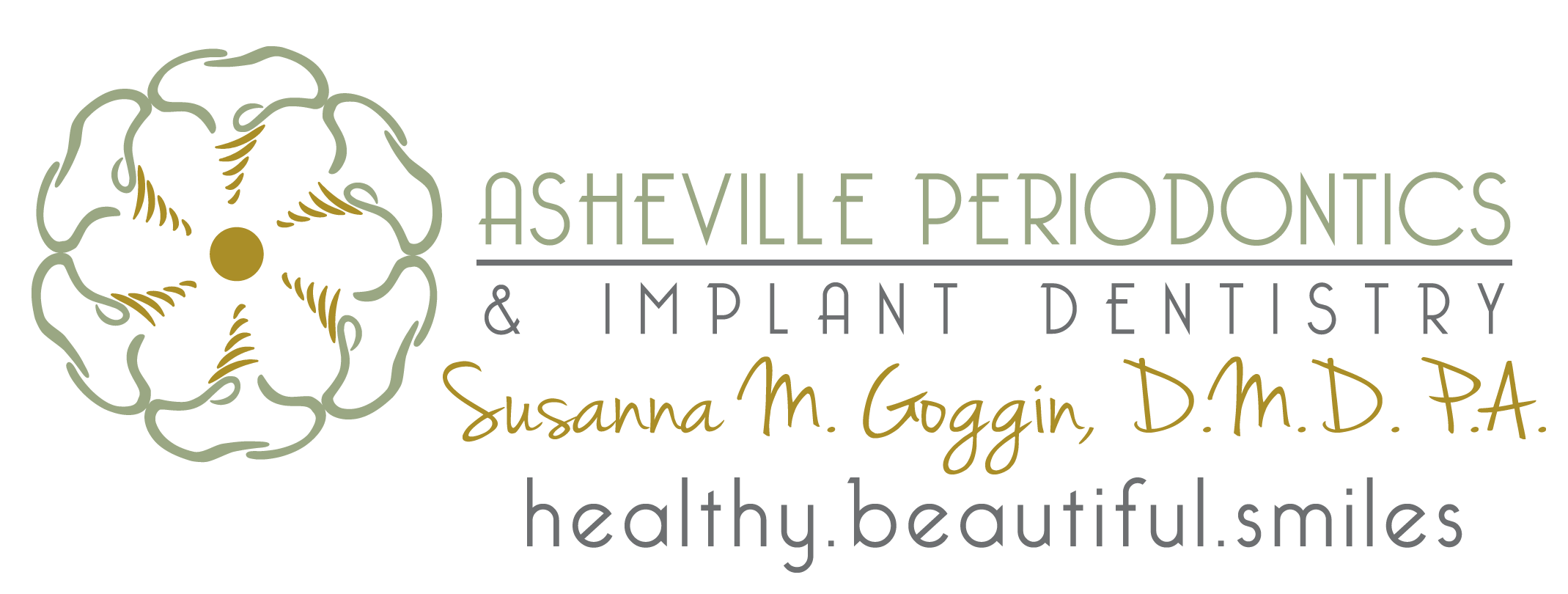If you have bad breath (halitosis), it’s essential to address the underlying cause. Here are some steps you can take to combat bad breath:
- Maintain a thorough oral hygiene routine: Brush your teeth twice a day with fluoride toothpaste, floss daily, and use a tongue scraper to remove bacteria from the tongue’s surface.
- Stay hydrated: Drink plenty of water to keep your mouth moist and wash away food particles and bacteria.
- Avoid tobacco products: Smoking and using other tobacco products can contribute to bad breath. Quitting or reducing tobacco use can significantly improve breath odor.
- Limit strong-smelling foods: Certain foods, such as garlic and onions, can cause temporary bad breath. Reducing their consumption or rinsing your mouth after eating them may help.
- Visit your dentist and periodontist: If bad breath persists despite good oral hygiene, schedule regular dental and periodontal check-ups to identify and treat any underlying dental or periodontal issues.
2. How often should I have a dental exam and cleanings? The American Dental Association (ADA) recommends visiting your dentist for a regular dental exam and cleaning at least once every six months. However, the frequency of these visits may vary based on your individual oral health needs and risk factors. Your dentist and periodontist can provide personalized recommendations for the ideal schedule.
3. What is the difference between a cleaning at a periodontal office and a regular dentist office? Regular dental cleanings, also known as prophylaxis, are typically performed by dental hygienists in a general dentist’s office. These cleanings focus on removing plaque, tartar, and surface stains from the teeth and gumline.
On the other hand, cleanings at a periodontal office may include a more in-depth cleaning called scaling and root planing. This procedure is typically recommended for patients with gum disease (periodontitis). Scaling involves removing plaque and tartar from below the gumline, while root planing smoothens the tooth roots to promote gum reattachment and healing. This procedure helps manage and treat gum disease by eliminating bacteria and reducing inflammation.
If you have signs of gum disease or have been diagnosed with periodontitis, your periodontist may recommend more frequent cleanings or periodontal maintenance visits to monitor and manage your gum health effectively.
Remember, maintaining good oral hygiene and following your dentist’s and periodontist’s recommendations are crucial for a healthy mouth and fresh breath. If you have any concerns or questions about your oral health, don’t hesitate to reach out Dr. Goggin at Asheville Periodontics. They are there to support you in achieving optimal oral health and overall well-being.
